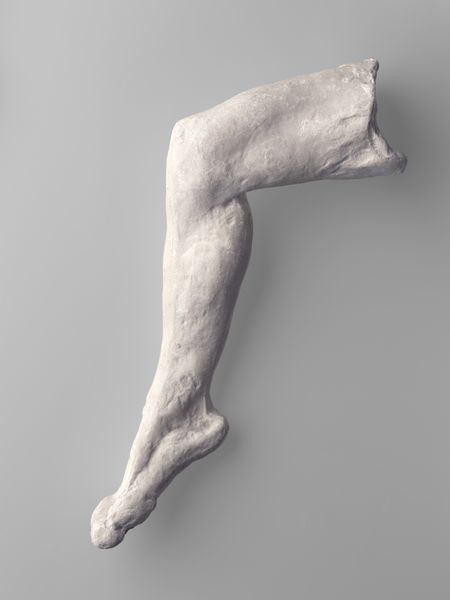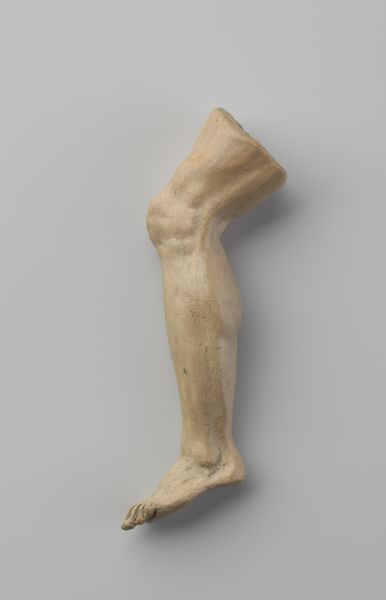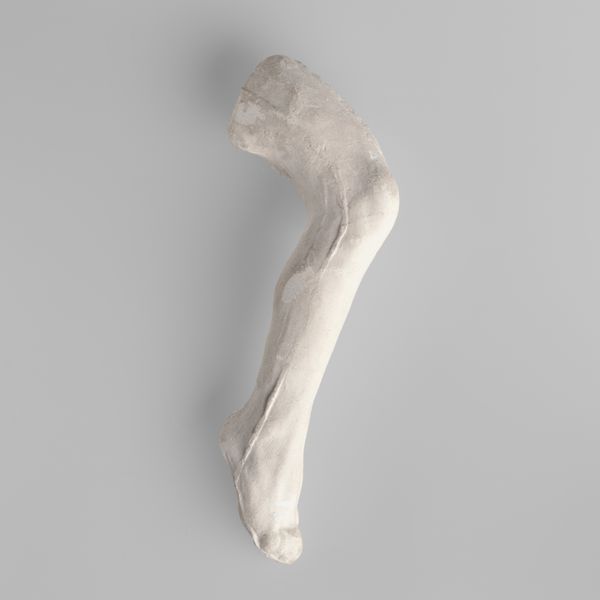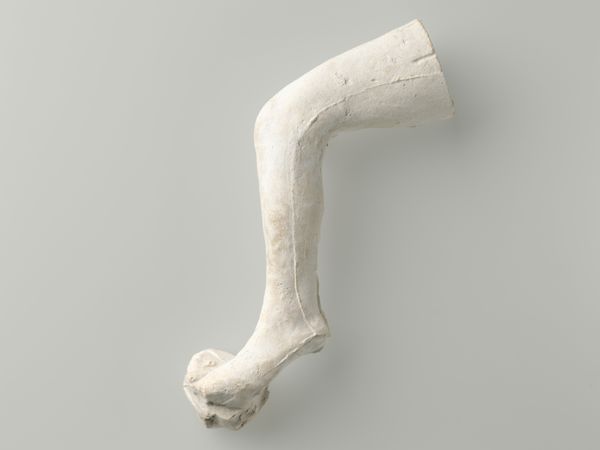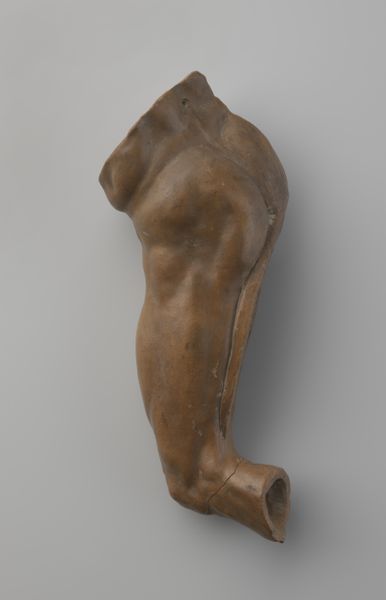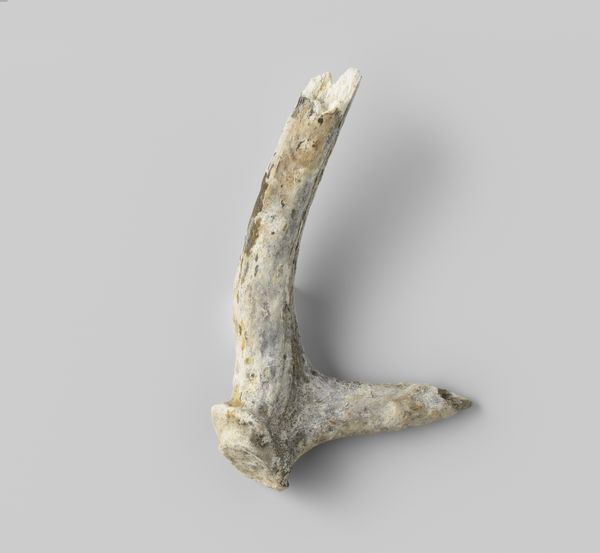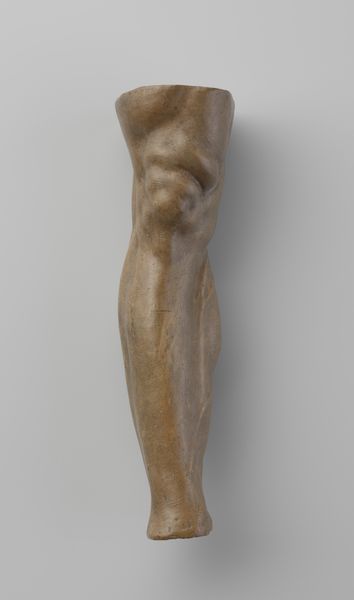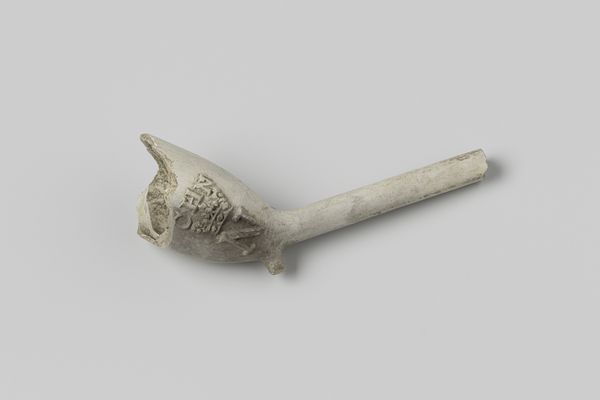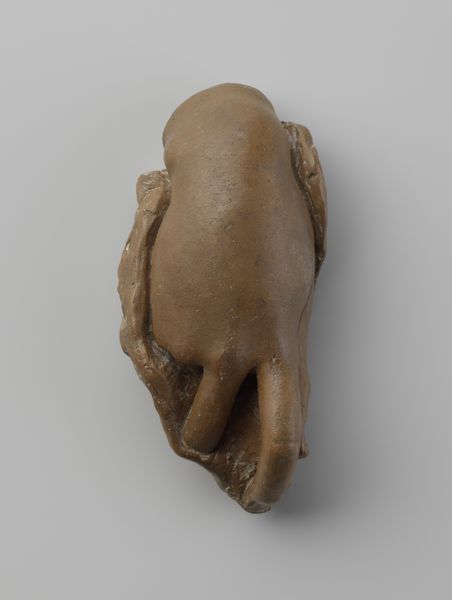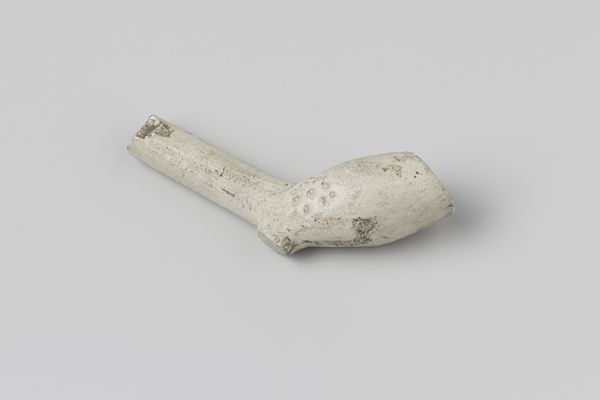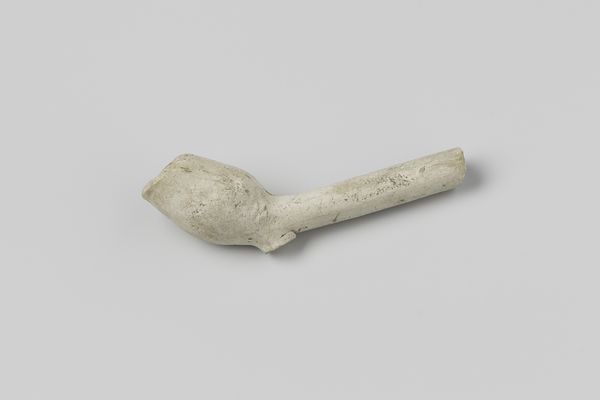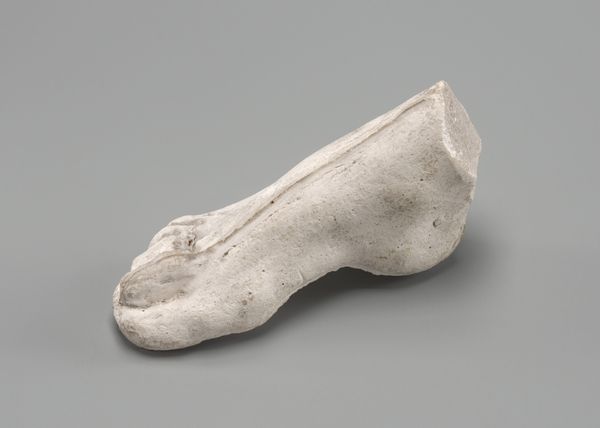
sculpture, marble
#
portrait
#
figuration
#
sculpture
#
academic-art
#
decorative-art
#
marble
#
realism
Dimensions: Length: 5 1/4 in. (13.3 cm)
Copyright: Public Domain
Curator: Hmm, a disembodied leg. Not quite what I expected to see today. It’s stark, and a little… ghostly. Editor: Well, it's one of Rodin’s marble studies dating roughly from 1875 to 1915. Known simply as “Study of a Leg,” you can see it in the Metropolitan Museum of Art's collection. Curator: Rodin, eh? So, this wasn’t just a morbid fascination? More like...practice? Or maybe he was working through something about movement, about the human form cut adrift from its moorings? Editor: Exactly. The texture and anatomical precision suggest a close engagement with realism, yet the fragment presents an abstract study of form, shadow, and light. Notice the smooth curvature transitioning to the sharp articulation of muscle and bone? Curator: Yeah, I see what you mean. It’s funny, there's something incomplete but also self-contained. Like a perfectly worded sentence that stops mid-thought... Makes you wonder what the whole story would have been. Editor: He was intensely interested in parts as wholes, I suspect. He saw expressive potential in individual elements—a hand, a face, or, indeed, a leg. Think about how a dancer or athlete uses a leg—as pure power, strength, or grace. Curator: So true, and the absence makes me consider what it means to be grounded versus being set free, almost. A single limb on its own makes the body so vulnerable. Editor: Consider Rodin's broader output; fragmentation allowed him to challenge conventional beauty and classical ideals. These pieces become testaments to the dynamism of the incomplete. Curator: It’s unsettling and beautiful all at once. You know, for all that marble can feel cold, there’s a surprising intimacy here. It feels almost like a relic—a delicate, precious thing despite its apparent incompleteness. Editor: Right. In focusing on discrete elements, Rodin could emphasize aspects of the human condition that often go unseen or unappreciated within the complete figure. A single leg embodies both potential and vulnerability. Curator: Never thought I'd find myself so lost in the study of a single leg, but it’s compelling, isn't it? A starting point for something bigger perhaps, or perfect in its singularity. Editor: I agree. There is something very human, very alive about the leg... paradoxically suspended in static form. Let’s move on, shall we?
Comments
No comments
Be the first to comment and join the conversation on the ultimate creative platform.
